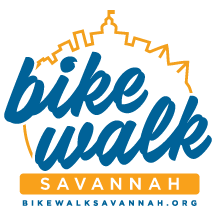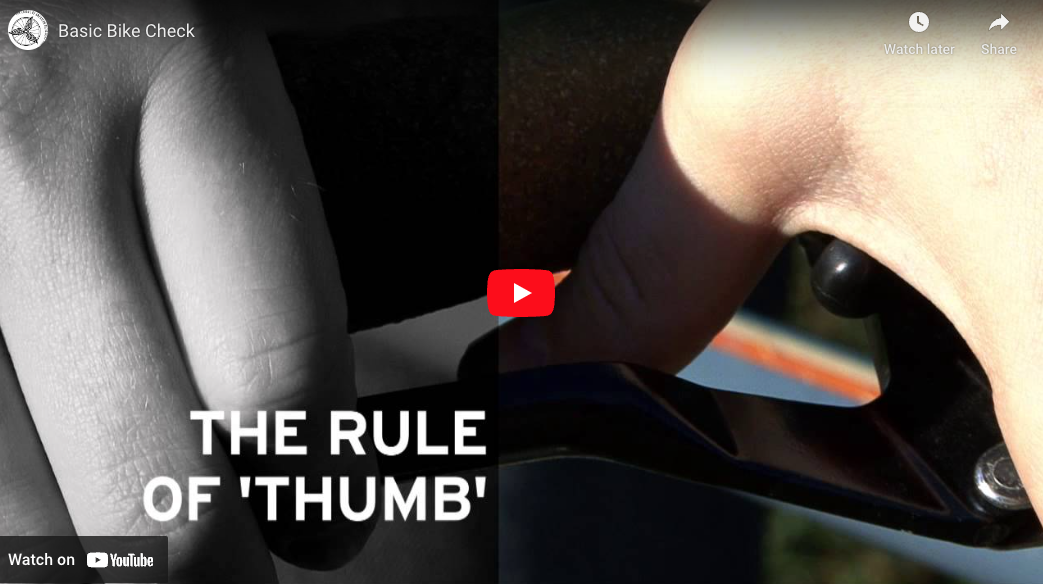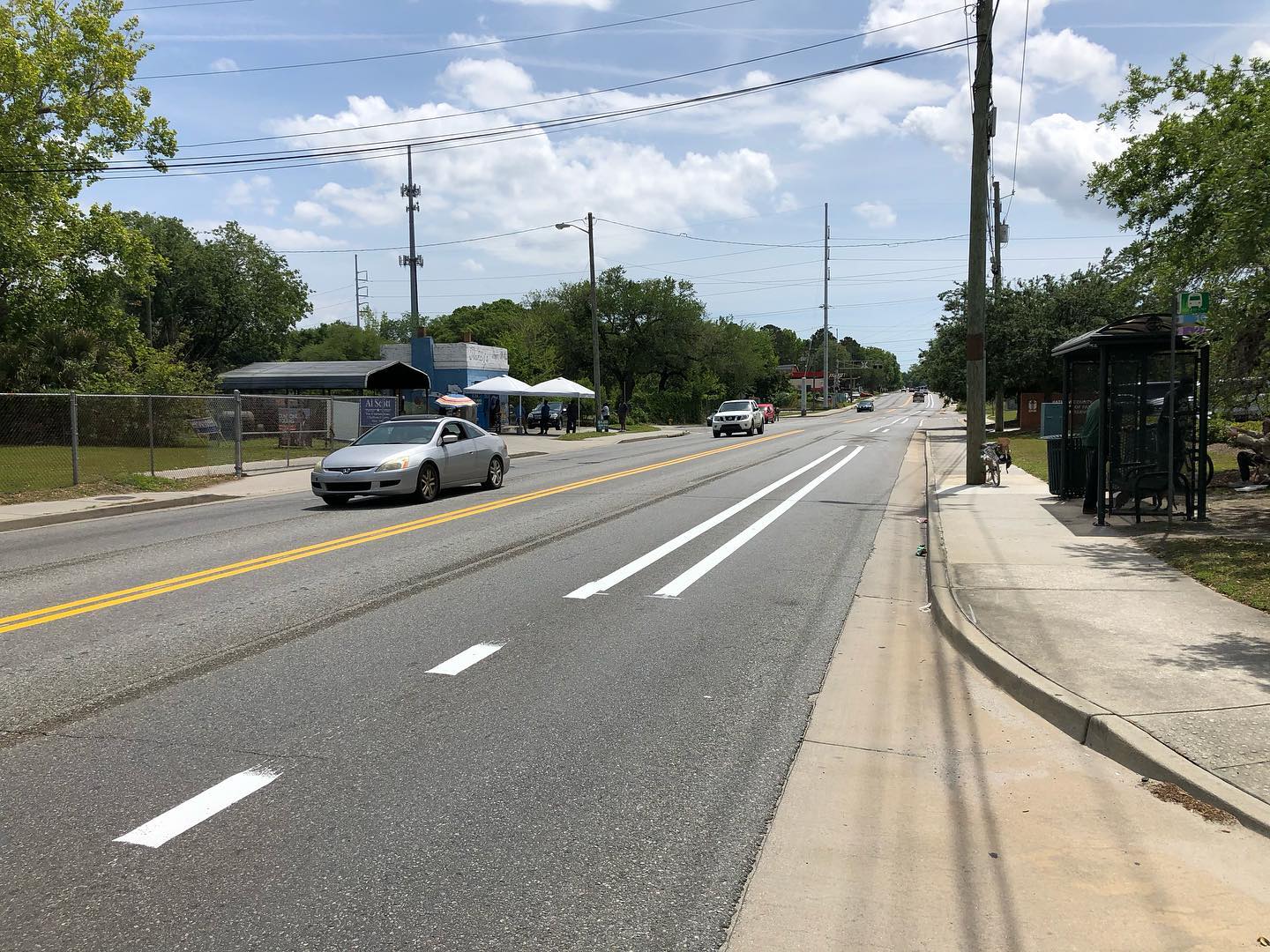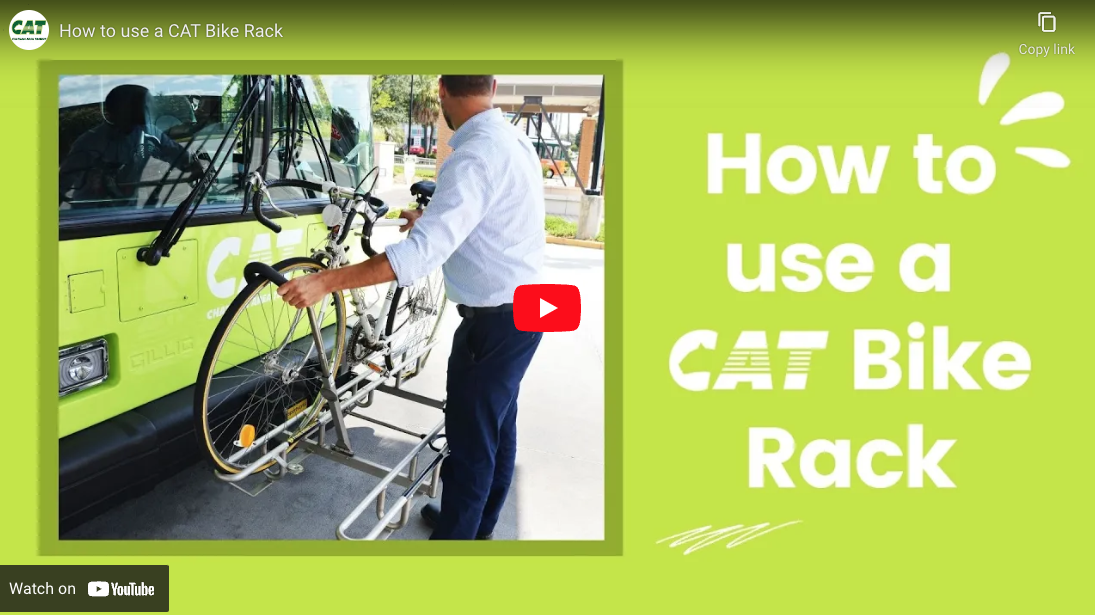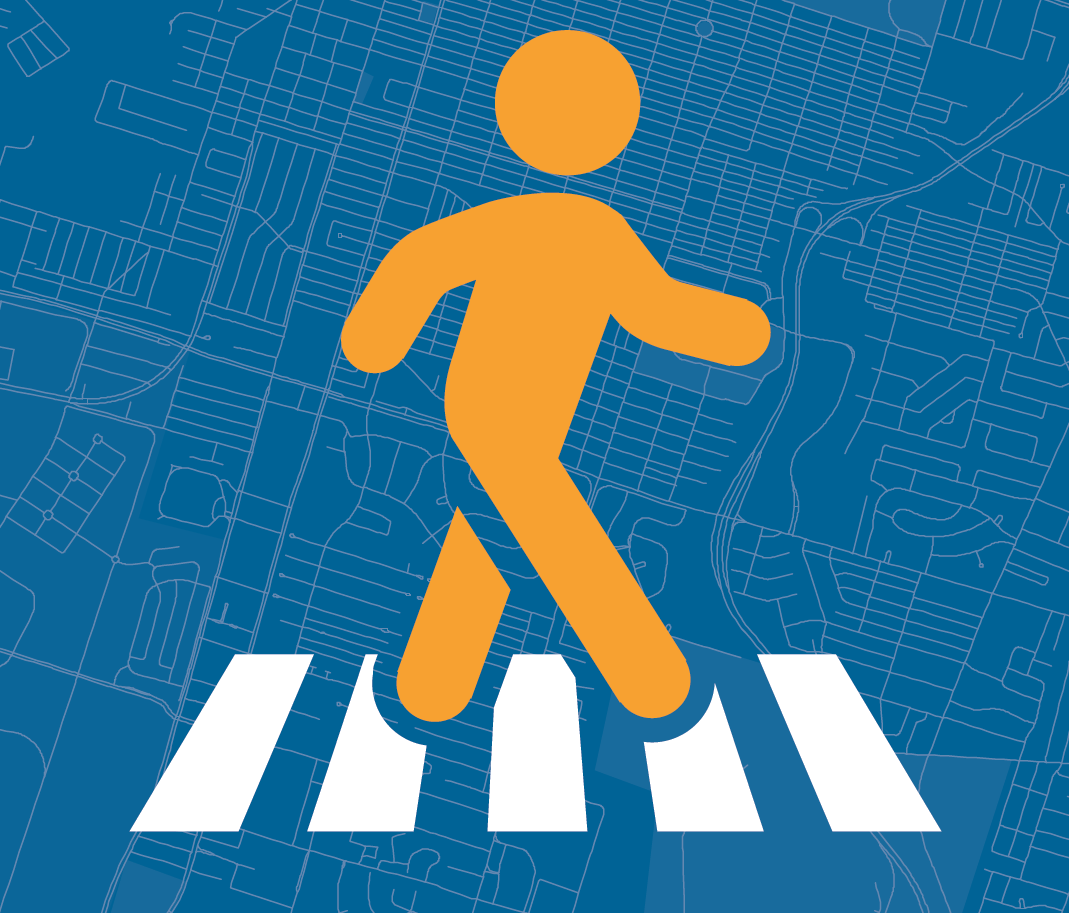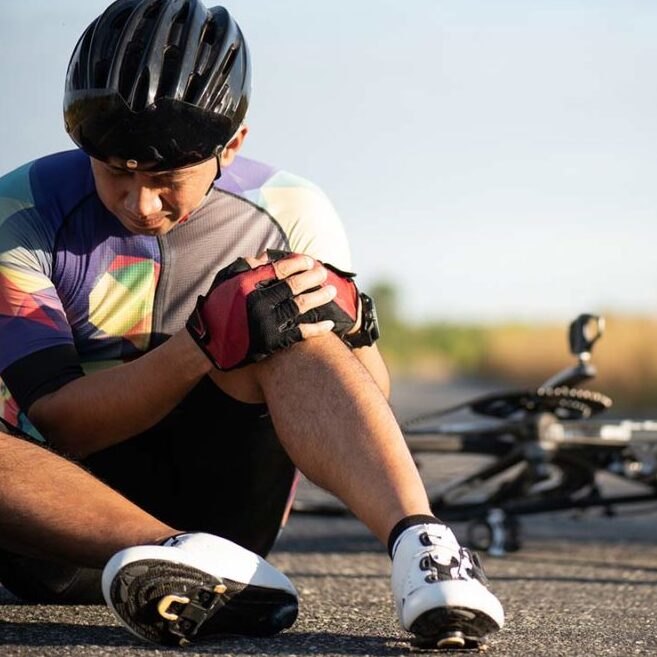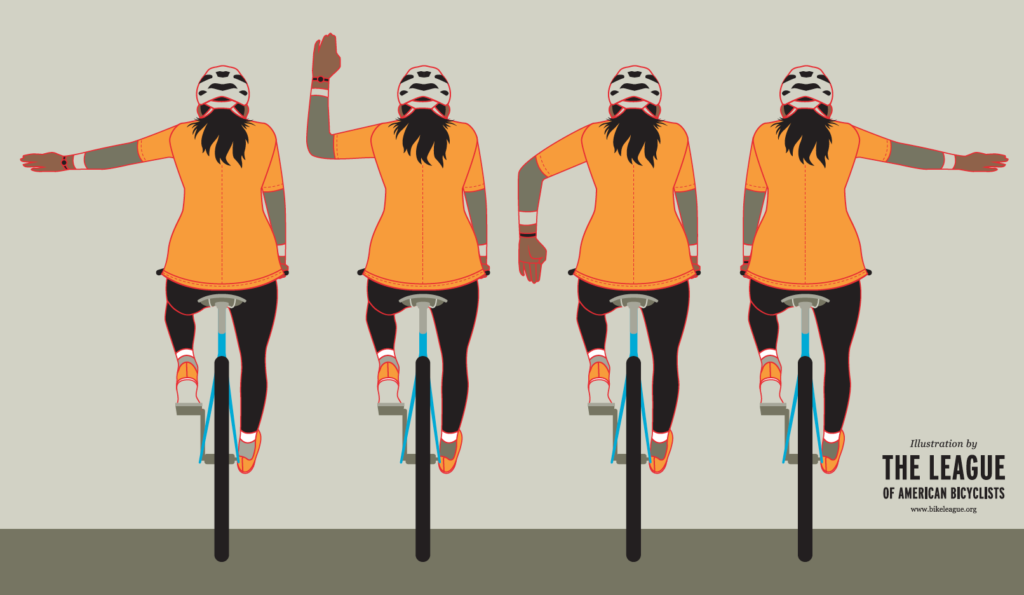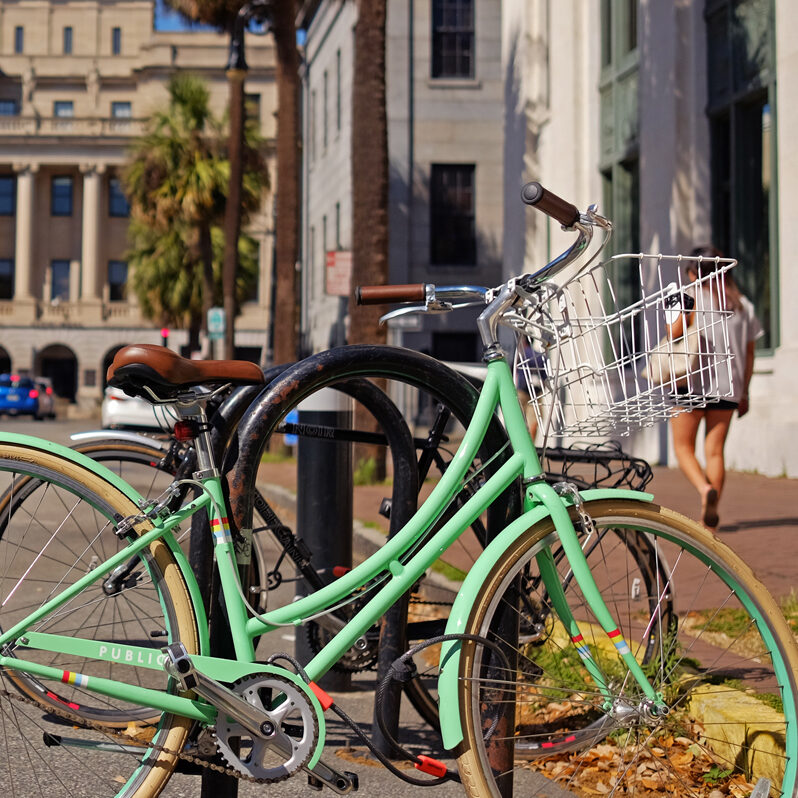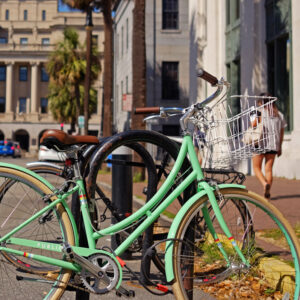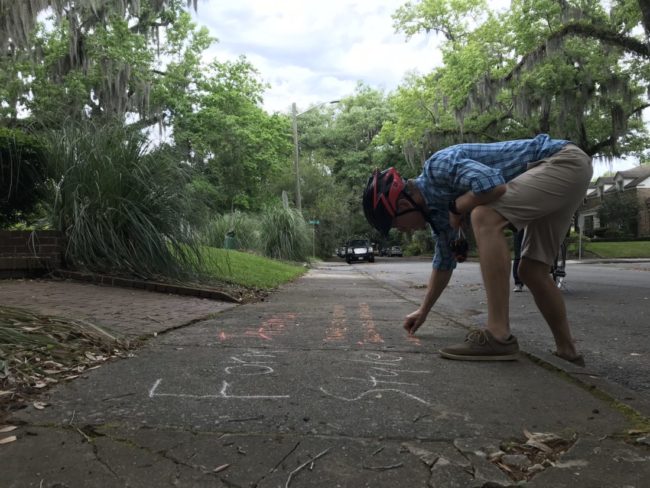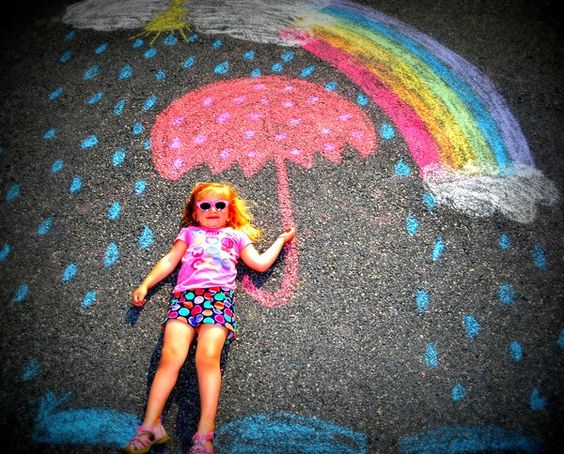We’ve all had this happen — you get dressed, you put your helmet on, make sure your lights are charged, and as soon as you roll your bike out the door you notice the tires are flat. Or even worse, you get halfway to your destination and notice that you’re losing air — or your brakes are squeaking.
Familiarizing yourself with basic bike maintenance will help you whether you’re commuting to work every day or riding recreationally, and will help keep you safe. And the first part is as simple as knowing your ABCs! Performing the ABC Quick Check before heading out on your ride ensures your bike is safe to ride, and helps you notice when anything might go wrong.
A is for Air
Make sure your tires are inflated to the pressure listed on the side of the tire
When your tires are correctly inflated, use your thumb to gently push on the outside edge and feel the pressure. This will help you quickly gauge if you need air in the future!
Check for damage on your tire and replace if it is too worn
B is for Brakes
Inspect your brake pads for wear, replace if there is less than 1/4″ of pad left
Check pad adjustment and make sure they don’t rub the tire
Look to see that you can fit your thumb between the brake lever and handlebar when the brakes are squeezed all the way — this means they’re properly adjusted
C is for Cranks and Chain
Pull on your cranks/pedals away from the bike — if they are loose, tighten the bolt.
Check that your chain is free of rust, gunk and any debris
Quick is for Quick Releases
Make sure all your quick release levers are closed (check your wheels and seat!)
They should all be pointing down and towards the back of your bike, so they don’t get caught on anything.
And then CHECK it all over!
Take a quick roll around to make sure everything is working properly, and if you’re carrying any cargo that you’re well balanced.
More of a visual learner? Check out this video from our friends at the League of American Bicyclists:
Learn more tips on our Resources Page.
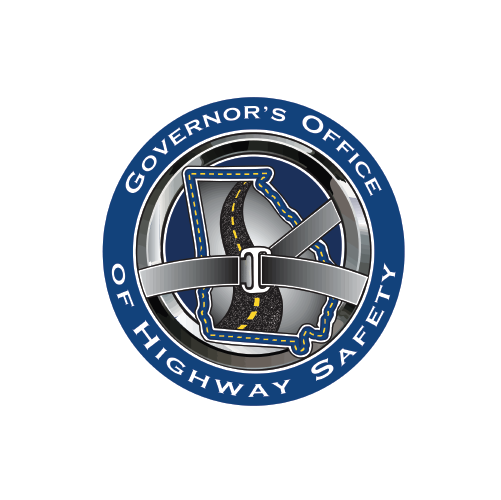
This blog post is produced thanks to support from the Governor’s Office of Highway Safety.
